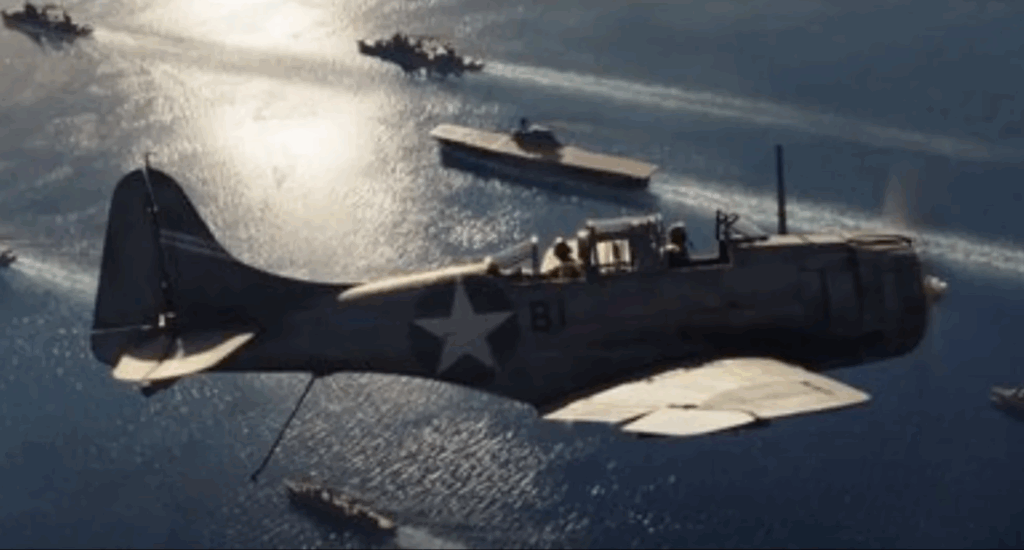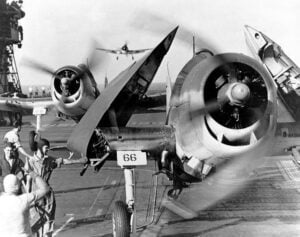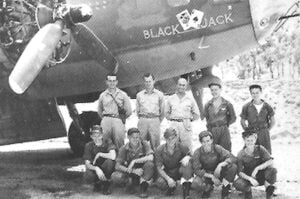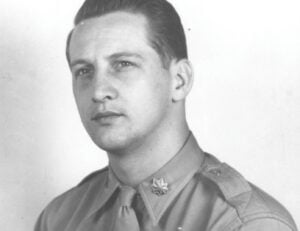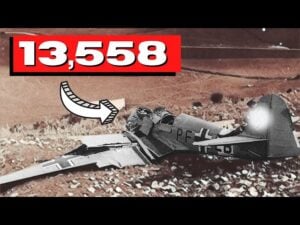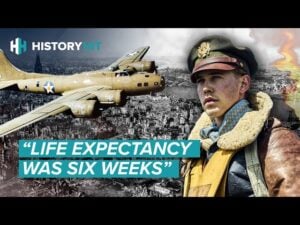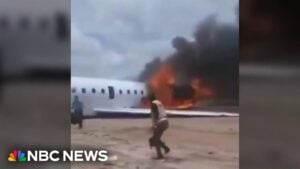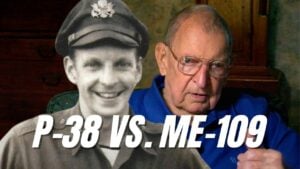The Story of American Pilot Richard Halsey Best Who Sank Two Japanese Aircraft Carriers
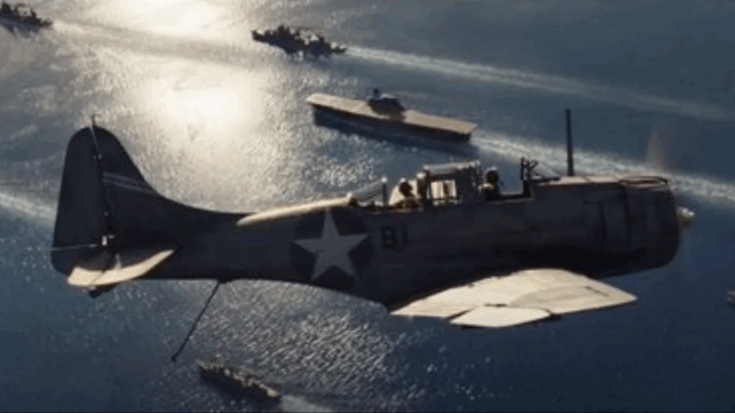
Ferdinand / YouTube
The Battle That Changed the Pacific
On June 4, 1942, the calm skies above the Pacific Ocean became the stage for one of World War II’s most decisive battles—the Battle of Midway. Among the American pilots who took to the air that day was Lieutenant Commander Richard Halsey Best, a man whose precision and determination would change the course of the conflict. Flying his Douglas SBD Dauntless dive bomber, Best achieved a feat unmatched in history: sinking two enemy aircraft carriers—the Akagi and the Hiryu—in a single day. His actions crippled Japan’s naval power and turned the tide of the Pacific War, though it would also mark the end of his flying career due to injury.
Born on March 24, 1910, in Bayonne, New Jersey, Best grew up with a fascination for aviation and service. After graduating from the U.S. Naval Academy in 1932, he first served aboard the USS Richmond, learning the duties of a young naval officer. Yet his dream was always to fly. Two years later, he transferred to naval aviation training at Pensacola, Florida, where he excelled as a pilot, particularly in dive bombing—a demanding skill that required nerve and exact control.
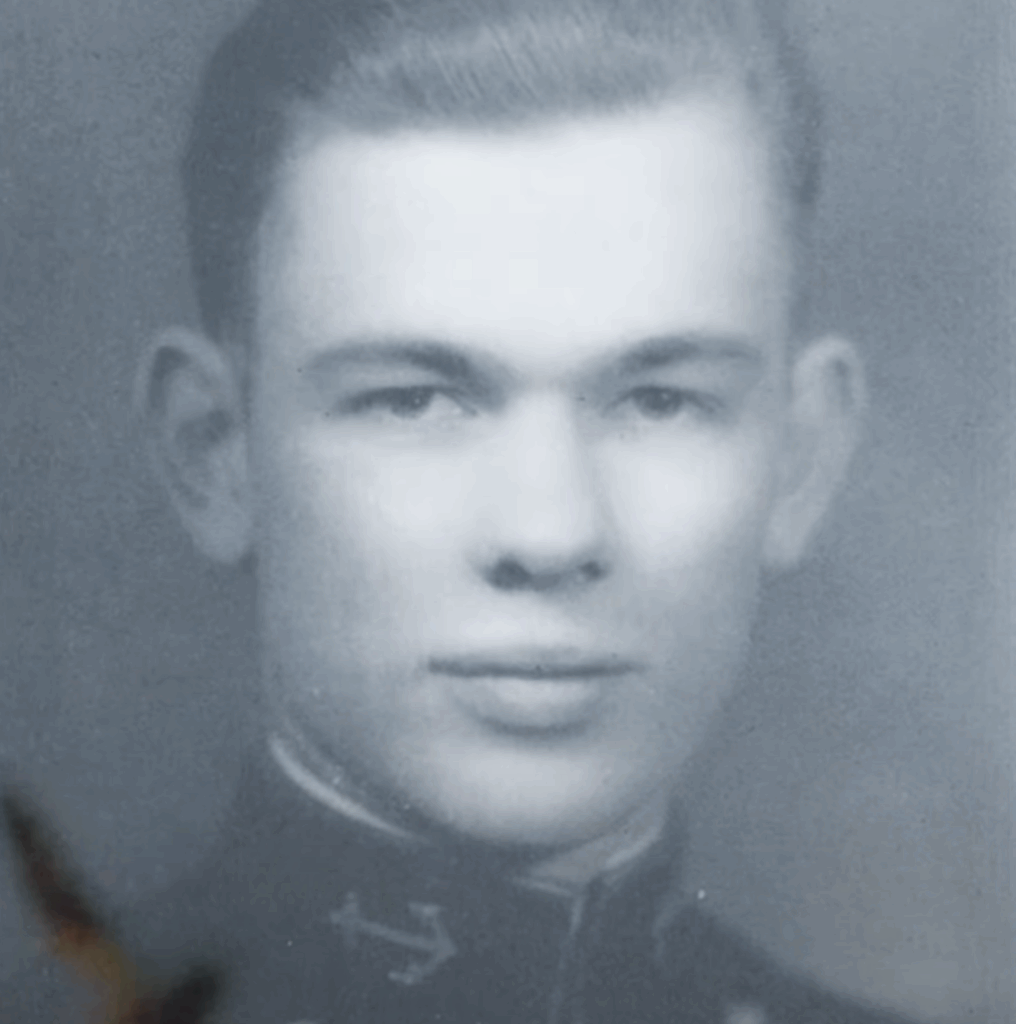
Rising Through the Ranks
By 1938, Best was assigned to Bombing Squadron Six aboard the carrier USS Enterprise, flying the SBD Dauntless bomber. His accuracy and leadership earned respect across the fleet. When Japan attacked Pearl Harbor in December 1941, Enterprise narrowly escaped destruction. The attack pushed America fully into the war, and Best soon took part in early raids across the Pacific, striking Japanese positions at the Marshall and Wake Islands. His reputation grew as a disciplined officer who led by calm example.
In early 1942, U.S. intelligence intercepted Japanese plans to attack Midway, a key American base. Best, now commander of Bombing Squadron Six, prepared for the fight that would define his career. On the morning of June 4, his squadron took off to intercept a Japanese fleet that greatly outnumbered the American force. For two tense hours, the pilots flew across the open sea with only their navigation and courage to guide them.
The Attack on Akagi
By 10 a.m., Best’s group reached the enemy formation. Below them, four Japanese carriers launched planes for another strike. Japanese anti-aircraft guns filled the sky with fire as Best dove from 15,000 feet toward the carrier Akagi, the pride of Japan’s fleet. His aircraft shook violently as explosions surrounded him. At barely 1,500 feet, he released his 1,000-pound bomb. It struck the center of the Akagi’s flight deck, where fueled planes waited to take off. The explosion ignited the deck, triggering a chain of blasts that engulfed the ship in flames. By nightfall, the Akagi sank beneath the waves.
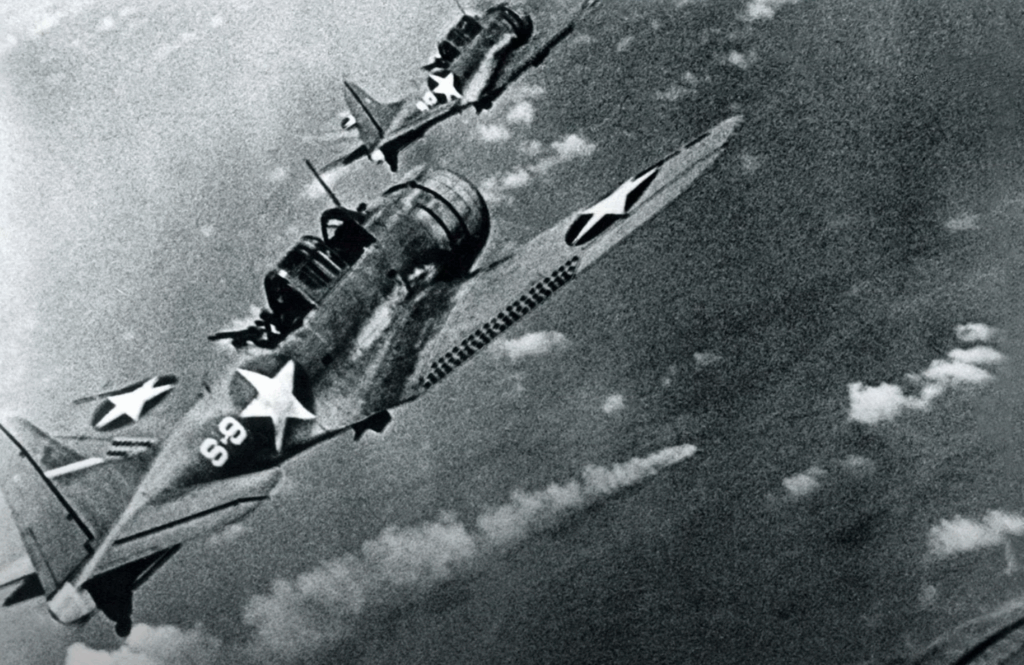
The Second Victory and Its Cost
Exhausted but determined, Best returned to Enterprise and rearmed for another attack. Later that afternoon, word came that a fourth Japanese carrier—the Hiryu—had survived and damaged the USS Yorktown. Despite his fatigue, Best led his men back into battle. Diving again through fierce gunfire, he released another bomb that struck the Hiryu’s forward deck, starting fires that doomed the ship. But during the attack, a fault in his oxygen system exposed him to toxic fumes, burning his lungs. Though he landed safely, his health collapsed soon after.
Best was later diagnosed with severe lung damage and tuberculosis. In September 1942, he was declared unfit to fly, ending his combat career at only 32.
Life After the War
After years of treatment, Best retired from the Navy in 1944. He later worked for Douglas Aircraft Corporation in California, living quietly with his family. For decades, his role at Midway received little recognition. Only later did historians confirm that he was the only pilot in history to sink two enemy carriers in one day.
Richard Halsey Best died in 2001 at age 91 and was buried at Arlington National Cemetery. His actions at Midway remain one of the defining moments of the Pacific War.
